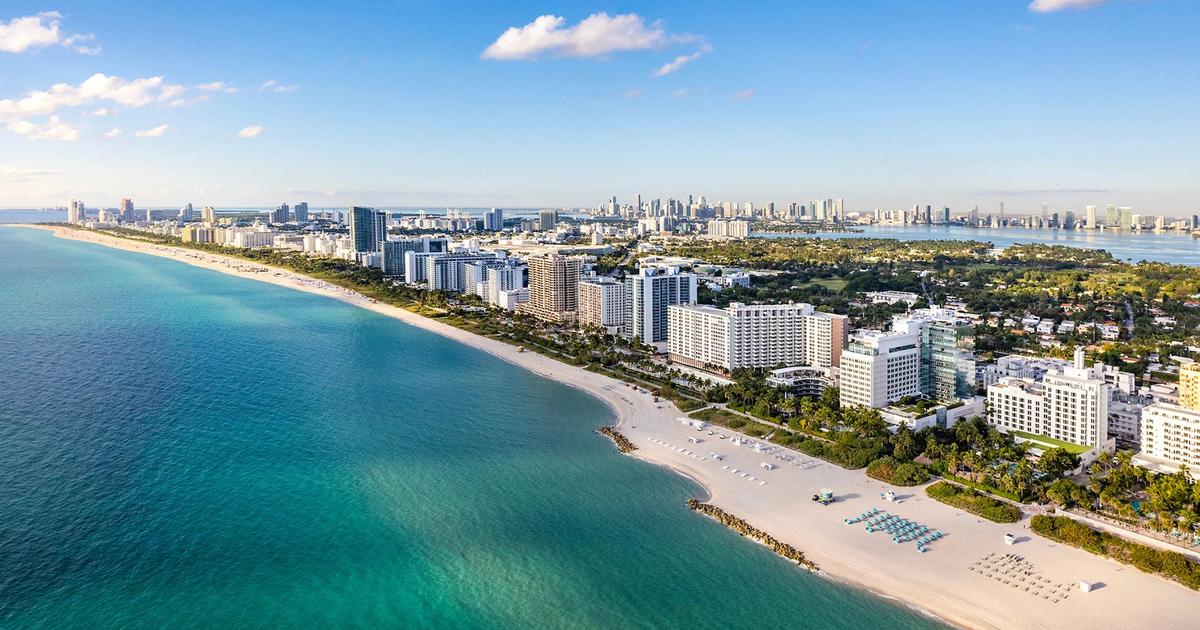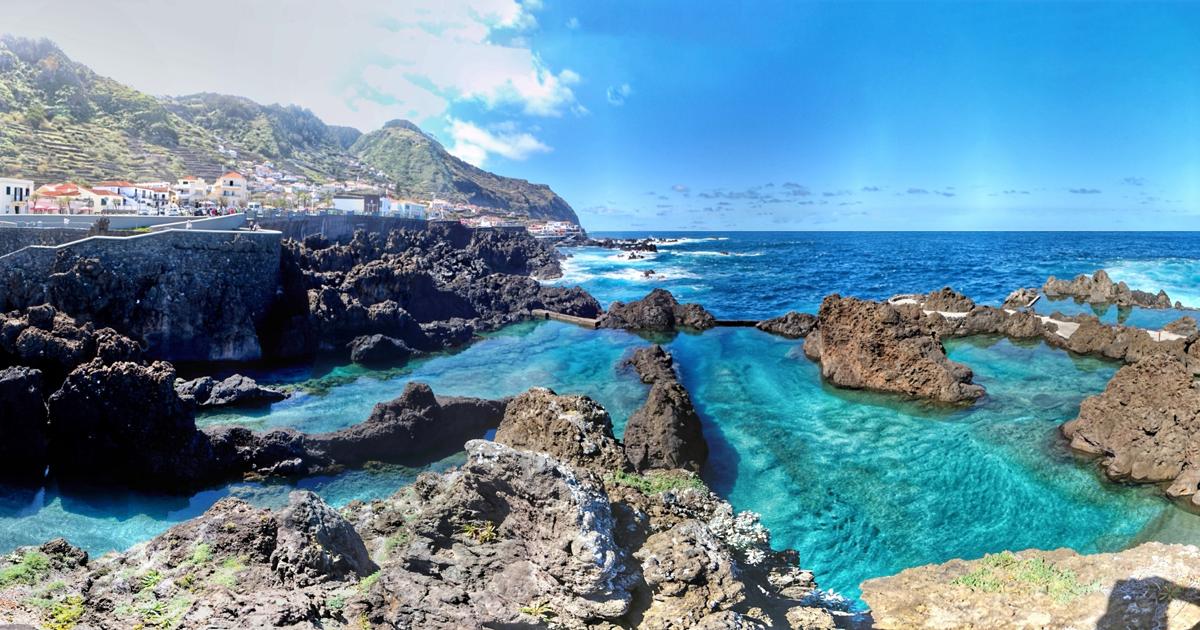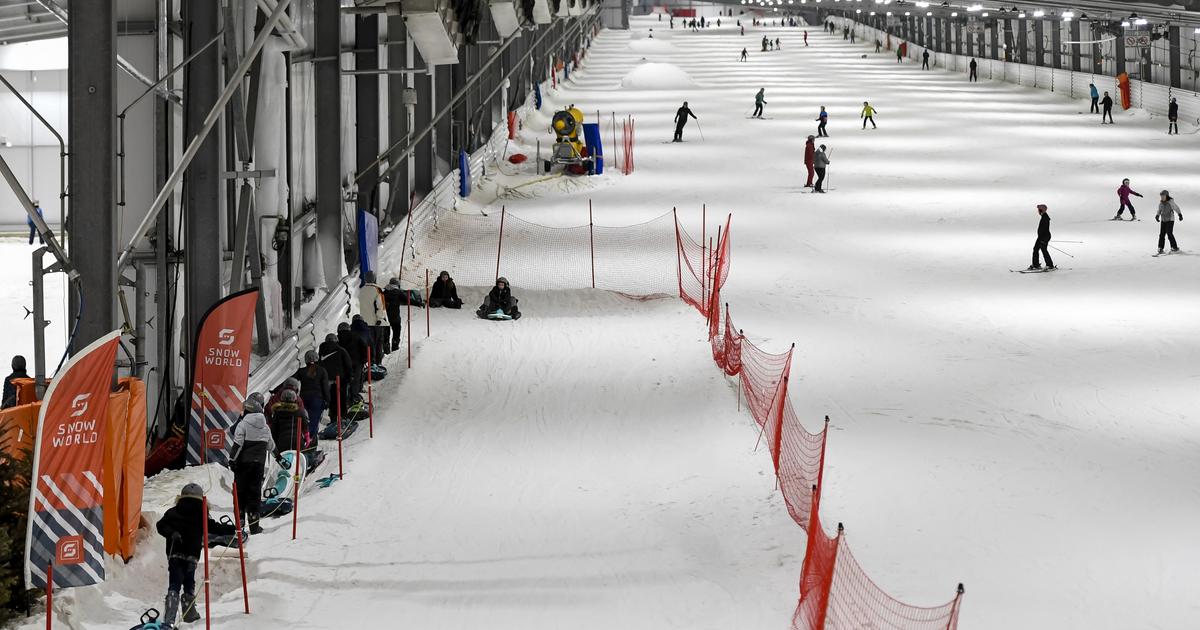Technological advances can handle everything, and just as some imagine their takeoff to Mars, others want to ride perfect waves in the middle of the desert.
It is not a dream, but an irrefutable reality in California, where today the most expensive wave on the planet is found.
There is no sea or ocean in the town of Leemore, but that does not matter within the ranch of American Kelly Slater, considered the best athlete of all time in this discipline.
In this oasis of crystalline water, where the waves rise up to two and a half meters with first-class walls and tubes, each hour can cost the visitor about 860 euros: the entire day in the pool costs approximately 70,000 euros, 7,000 per head being a group of 10 people.
Each visitor, if we take as a reference the most advanced wave of technology,
"We have suffered it and we have enjoyed it," explains Oriol Aragay, one of the few Spaniards who has tried the wave first-hand at the Surf Ranch, to EL PAÍS.
This 49-year-old mechanical engineer worked for more than five years creating the perfect break with the team of the 11-time world champion and has 20 years of experience in the sector: “As a commercial proposal it is a disaster, but as an experiment it is a resounding success.
The technology is very expensive and the cost is astronomical, so it is not a project designed for the general public”.
No method developed so far, and there are several in the world, has managed to replicate the intensity with which the wave devised by Slater breaks.
"It's like a 200-ton train that constantly drags water for more than a minute," summarizes the expert,
This artificial break 150 kilometers from the Atlantic receives only exceptional visitors and loose pockets.
Guys like Lewis Hamilton, seven-time Formula 1 world champion –in an event paid for by one of his sponsors– and other celebrities such as actor Chris Hemsworth, model Cindy Crawford or singer Eddie Vedder have enjoyed it.
Beyond the private events and the stop of the professional circuit that it hosts, the wave is the most extreme example of the massification that the discipline is experiencing.
Originally, surfing preached freedom, connection to nature and inclusivity as its main values, but today it is being inundated by the business that surrounds it, an opportunity that was not lost on the IOC when it made it an Olympic sport.
Wave pools are the next step and they are starting to sprout in various corners away from salt water, with more than 100 active construction projects in the world.
Although the intention of the promoters is to try to find efficient and economic solutions to reach a less exclusive public, it is not always easy to maintain the balance.
Aerial view of Kelly Slater's Surf Ranch in Lemoore, California. Allen J. Schaben (Los Angeles Times via Getty Imag)
In Spain, the only open installation of these characteristics is in the Siam Park in Tenerife, in the Canary Islands, with one-hour sessions for groups of up to 10 people starting at 600 euros.
The Sabadell city council, in a municipal plenary session this July, approved the construction of the first facility open to the public on the peninsular territory, although the project still has to go through other procedures and has already received frontal opposition from citizen groups and political formations .
A one-hour session at the Catalan city's SurfCity would cost between 30 and 50 euros, depending on the promoter.
And there is still more.
The latest to join the fever have been Atlético de Madrid and Wavegarden, a Basque company that is a pioneer in this type of technology around the world.
Andy Criere (San Sebastián, 1995), one of the main surfers on the national scene, points out the main advantages of artificial wave pools from the perspective of a professional.
“They bring that performance part of a sport.
The repetition, the accuracy of the wave.
The ability to constantly improve and to have a structure to train a lot ”, he values in conversation with this newspaper.
The Basque surfer, a member of the Spanish team that participated in the Tokyo 2020 pre-Olympic tournament, assures that he has had many discussions with other practitioners about what this new technology means for his discipline: “We are talking about two different worlds.
The sea is a unique element where no two waves are the same, where we surfers sit in the face of uncertainty.
It's a bit like a philosophy,
Andy Criere, during a session in the wave pool at the Swiss resort of Alaïa Bay. Wave Garden
In addition to its sports benefits, which could be the equivalent of high-performance centers applied to the world of surfing, artificial wave pools fall, above all, within the recreational spectrum.
"What matters is making a wave that people can enjoy," says Aragay, now vice president of Westlake Wave Co., the first company to focus on developing affordable and fun waves for the majority of the population without skyrocketing costs.
After trying almost all the technologies on the market, he compliments the Spanish Wavegarden: “It is an interesting and attractive wave for professionals, but above all a learning tool for any surfer.
It serves to practice and improve faster thanks to its predictability,
More information
The wave in Madrid is also surfed in January
The Basque technology, the one that Atlético intends to use in its Sports City, has managed to generate up to 1,000 waves and put 90 surfers in the water every hour, with a height that can reach two meters and a duration of about 13 seconds.
It is a size and travel time that is roughly equivalent to the majority of natural breakers in Spanish territory when there are good weather conditions.
“The wave is very good, very similar to the waves of the sea”, valued the Brazilian Gabriel Medina, triple world champion of the world circuit (WSL), when the system was launched.
Criere, who has tested Wavegarden waves at his development center in the Basque Country and at the Swiss resort of Alaïa Bay, gives more weight to the advantages than to the drawbacks of this technology: “From my point of view, it is positive for surfing.
For example,
Many people who work in big cities will be able to afford to continue surfing wherever they are.
It can also be an escape tool from day to day around the corner, even if it is not in the sea and it is for an hour”.
Oriol Aragay, a Spanish engineer who participated in the construction of the artificial pool with the best waves in the world, slides down one of his creations.Oriol Aragay
A controversial technology
Although all the initiatives highlight its responsible use of water resources and its respectful vocation with the environment, the truth is that the construction and operation of these facilities entails an unappealable climatic burden.
Energy expenditure, prices and water management focus the main criticism from environmental groups and neighborhood movements, while developers try to defend themselves by appealing to the use of green energy and the recirculation of water through complex filtering systems.
“Whatever they say, moving water is very expensive”, Aragay is sincere, who, however, points to the general ignorance of the public as the main obstacle to these projects.
“You have to be demanding with these projects, that's good and I understand the citizen's position of taking maximum care of the details.
Something that artificial wave pools have shown, with specific figures, is that they use fewer resources than other facilities widely deployed throughout the territory such as golf courses, Olympic pools or water parks.
“Practically in every city there is an Olympic pool, with all that that entails.
The approach here is that in certain parts of the country there may be a wave of quality created by a pioneering national company that leads the sector in the world, and for me the answer is easy”, settles the surfer from San Sebastian in the midst of so much debate.
According to data from Wavegarden, its waves spend less than a ski lift in a ski resort, with an approximate consumption of between 250 and 450 KWh.
You can follow EL PAÍS Deportes on
and
, or sign up here to receive
our weekly newsletter
.








